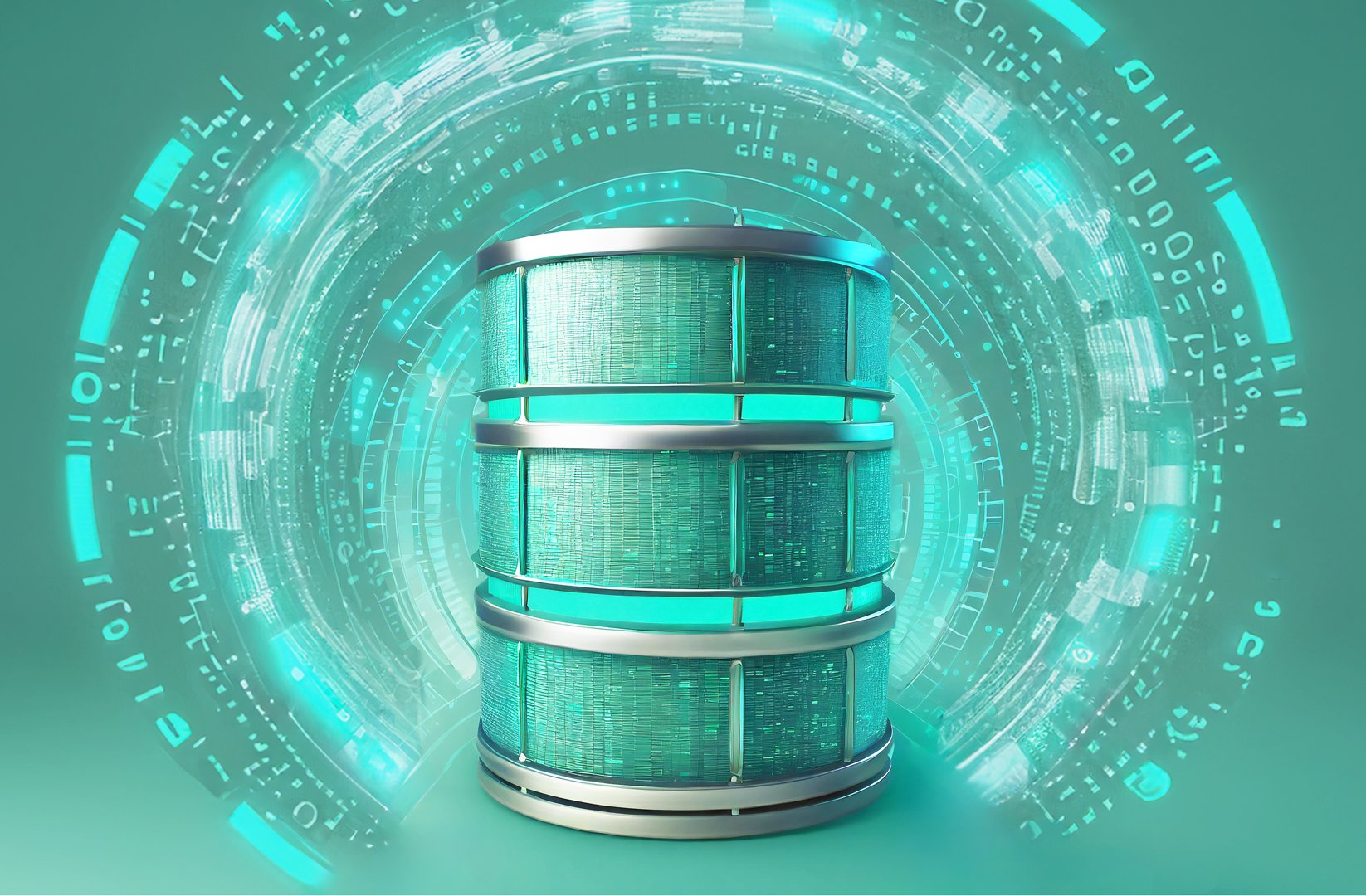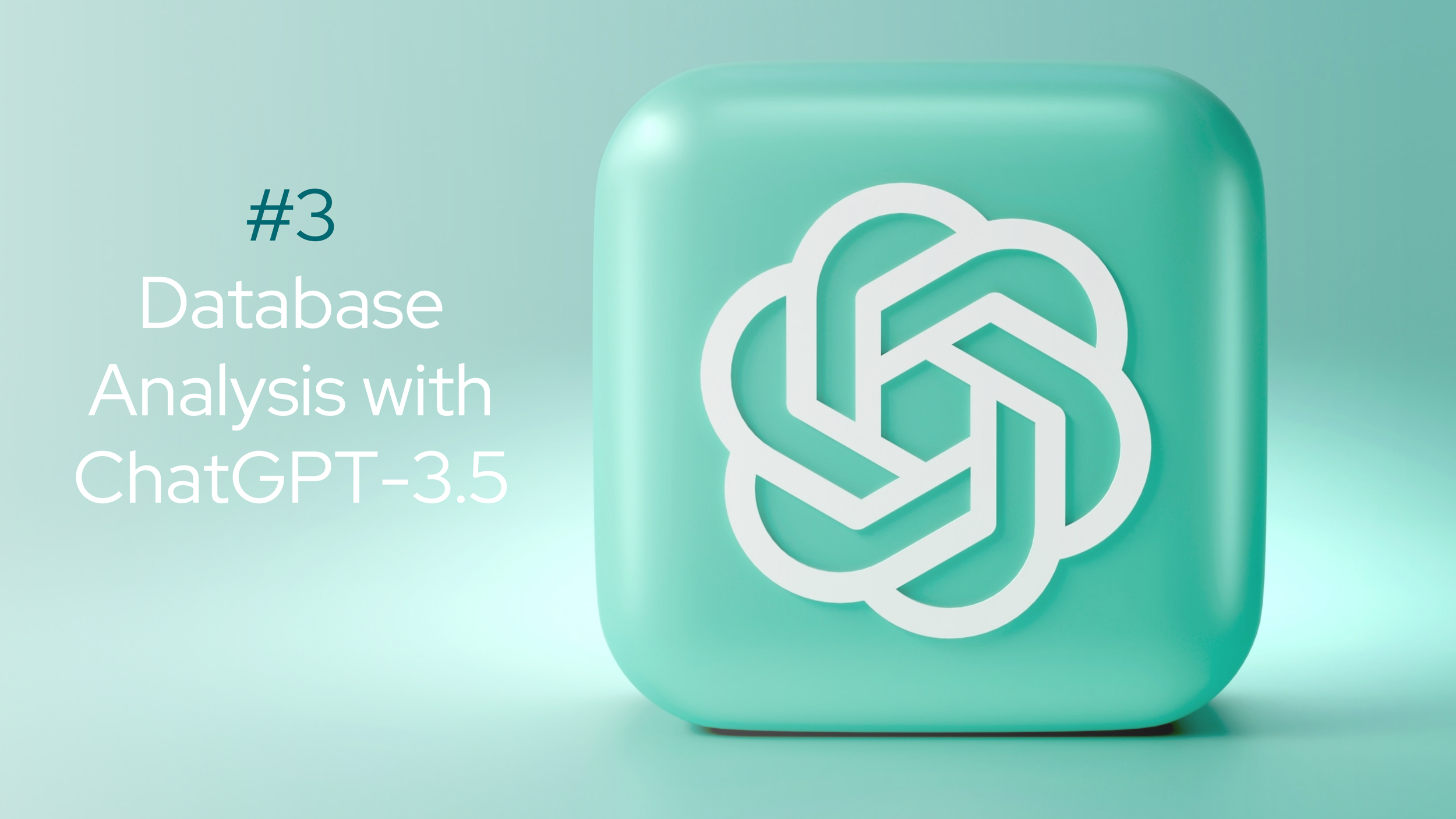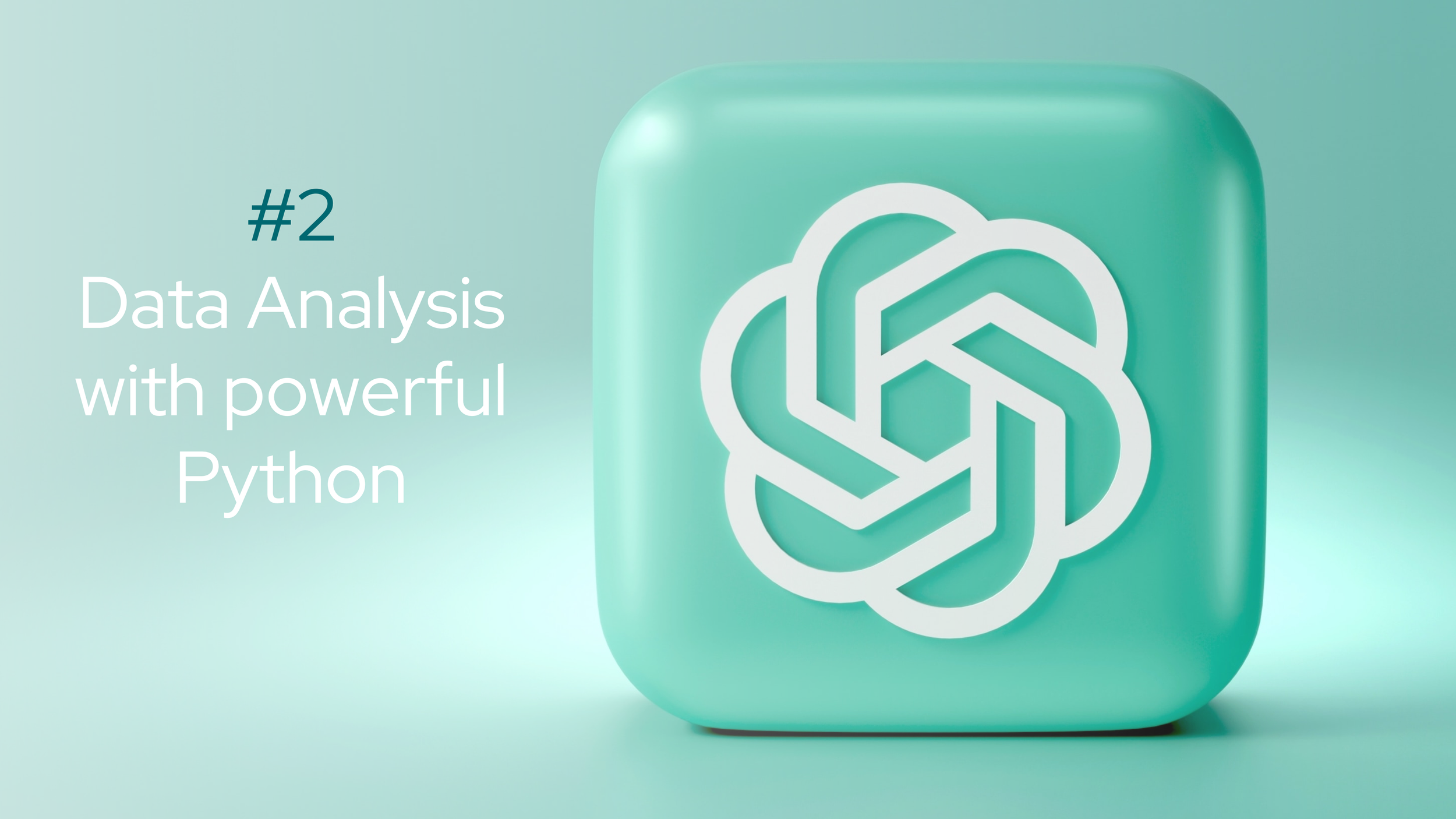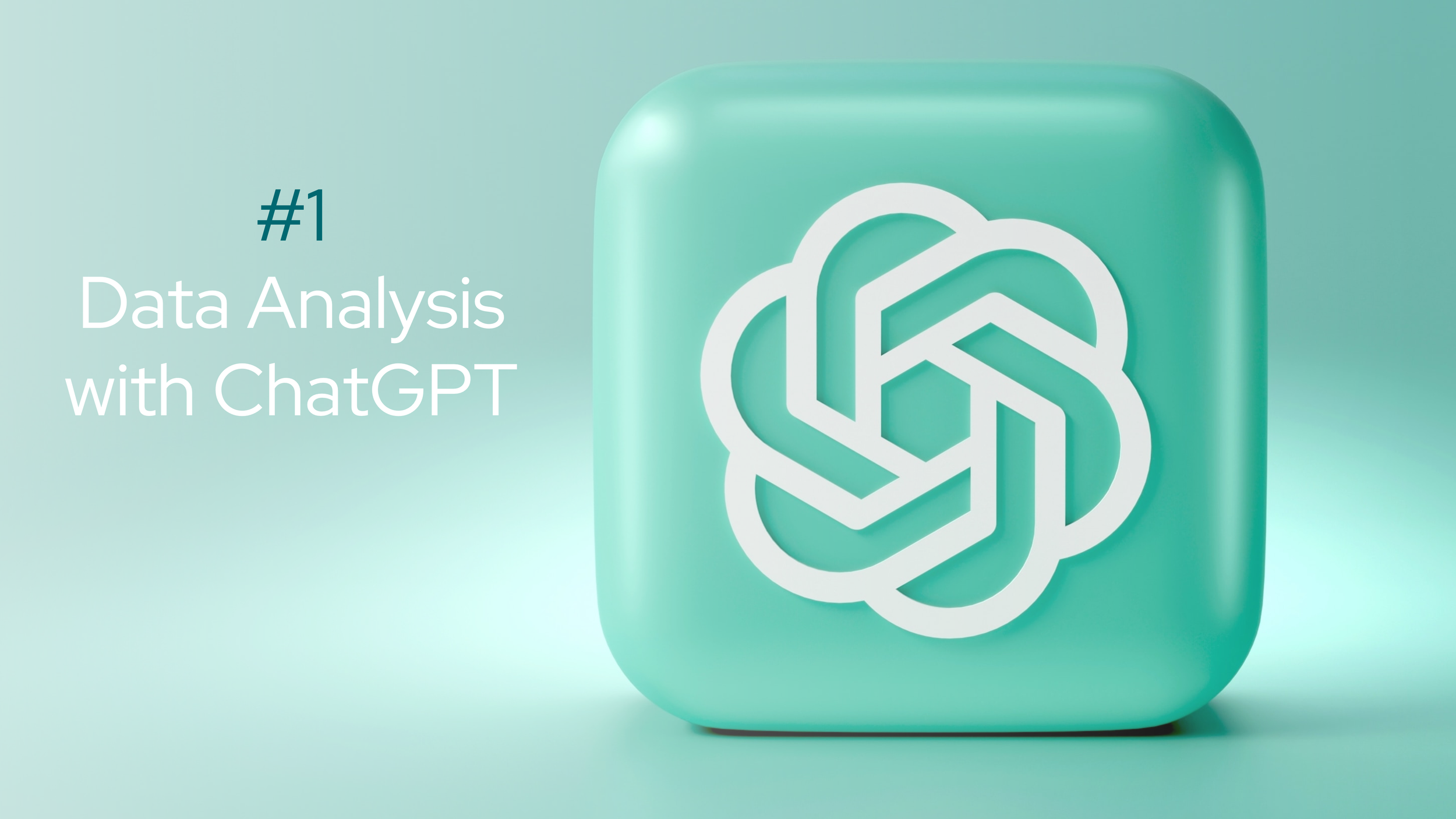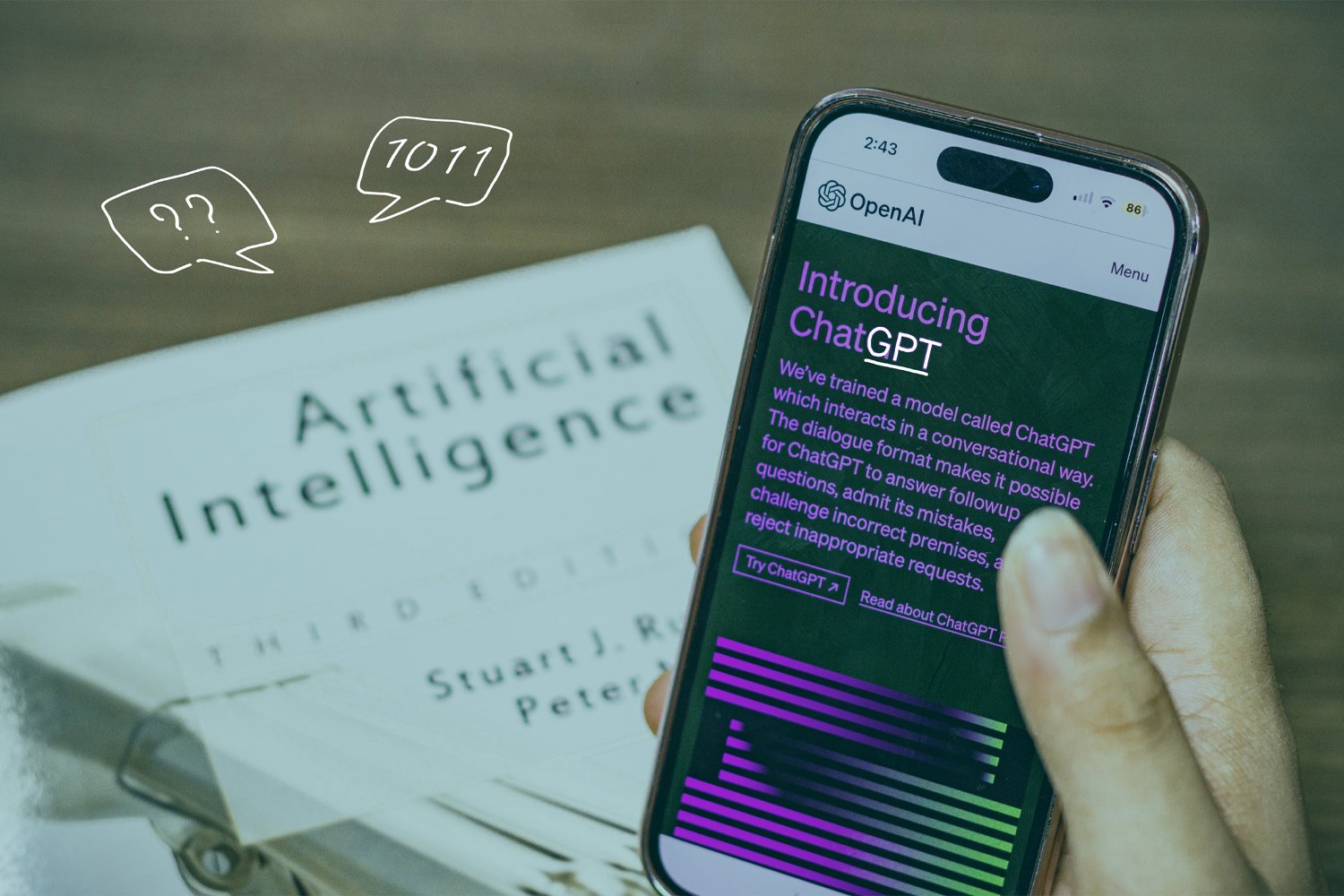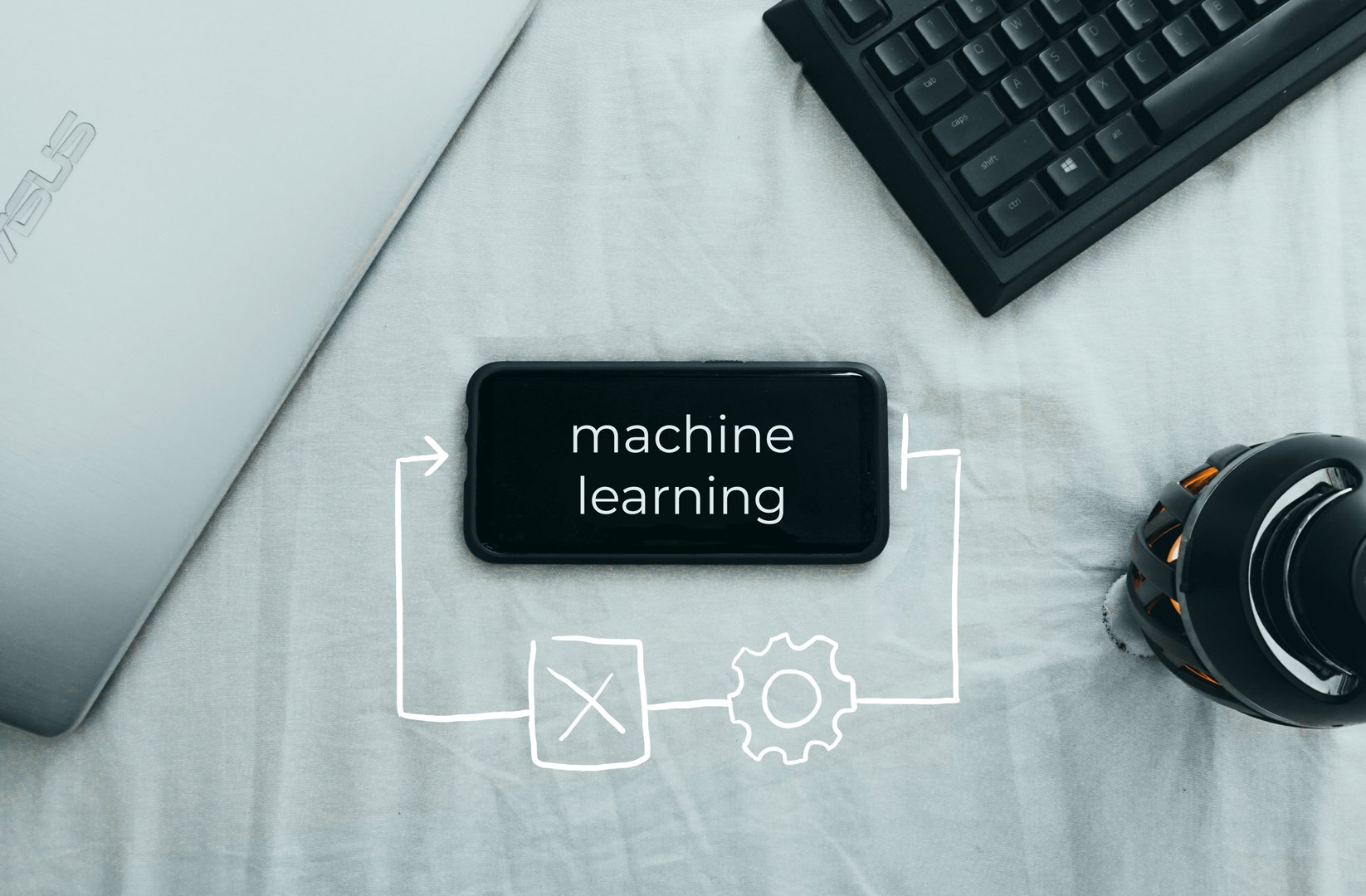Let's build an Enterprise AI Assistant
In the previous blog post we have talked about basic principles of building AI assistants. Let’s take them for a spin with a product case that we’ve worked on: using AI to support enterprise sales pipelines.
So You are Building an AI Assistant?
So you are building an AI assistant for the business?
This is a popular topic in the companies these days. Everybody seems to be doing that. While running AI Research in the last months, I have discovered that many companies in the USA and Europe are building some sort of AI assistant these days, mostly around enterprise workflow automation and knowledge bases.
There are common patterns in how such projects work most of the time. So let me tell you a story...
Unlocking Potential with Natural Readers: The Intersection of AI and Voice Manipulation
The advent of Artificial Intelligence (AI) in text-to-speech (TTS) technologies has revolutionized the way we interact with written content. Natural Readers, standing at the forefront of this innovation, offers a comprehensive suite of features designed to cater to a broad spectrum of needs, from personal leisure to educational support and commercial use. As we delve into the capabilities of Natural Readers, it's crucial to explore both the advantages it brings to the table and the ethical considerations surrounding voice manipulation in TTS technologies.
Database Analysis Report
This report comprehensively analyzes the auto parts sales database. The primary focus is understanding sales trends, identifying high-performing products, Analyzing the most profitable products for the upcoming quarter, and evaluating inventory management efficiency.
Part 4: Save Time and Analyze the Database File (gold.db) with GPT-4
ChatGPT-4 enables you to analyze database contents with just two simple steps (copy and paste), facilitating well-informed decision-making.
Part 3: How to Analyze a Database File with GPT-3.5
In this blog, we'll explore the proper usage of data analysis with ChatGPT and how you can analyze and visualize data from a SQLite database to help you make the most of your data.
Part 2: Data Analysis with powerful Python – How to get the best results from your data
Analyzing and visualizing data from a SQLite database in Python can be a powerful way to gain insights and present your findings. In Part 2 of this blog series, we will walk you through the steps to retrieve data from a SQLite database file named gold.db and display it in the form of a chart using Python. We'll use some essential tools and libraries for this task.
Part 1: Harnessing the Potential of Data Analysis with ChatGPT
In this new blog series we will give you an overview of how to analyze and visualize data, create code manually and how to make ChatGPT work effectively.
Part 1 deals with the following: In the data-driven era, businesses and organizations are constantly seeking ways to extract meaningful insights from their data. One powerful tool that can facilitate this process is ChatGPT, a state-of-the-art natural language processing model developed by OpenAI.
In Part 1 pf this blog, we'll explore the proper usage of data analysis with ChatGPT and how it can help you make the most of your data.
5 Inconvenient Questions when hiring an AI company
This article discusses five questions you should ask when hiring an AI. These questions are inconvenient for providers of AI products, but they are necessary to ensure that you are getting the best product for your needs. The article also discusses the importance of testing the AI system on your own data to see how it performs.
LLM Performance Series: Batching
Beginning with the September Trustbit LLM Benchmarks, we are now giving particular focus to a range of enterprise workloads. These encompass the kinds of tasks associated with Large Language Models that are frequently encountered in the context of large-scale business digitalization.
Machine Learning Pipelines (Pt. 1)
In this first part, we explain the basics of machine learning pipelines and showcase what they could look like in simple form. Learn about the differences between software development and machine learning as well as which common problems you can tackle with them.
Boosting prediction speed of scikit-learn regression algorithms
The purpose of this blog post is to investigate the performance and prediction speed behavior of popular regression algorithms, i.e. models that predict numerical values based on a set of input variables.
Trustbit LLM Leaderboard
To address common questions concerning the integration of Large Language Models, we have created an LLM Product Leaderboard that focuses on building and shipping products.
Strategic Impact of Large Language Models
This blog discusses the rapid advancements in large language models, particularly highlighting the impact of OpenAI's GPT models.
License Plate Detection for Precise Car Distance Estimation
When it comes to advanced driver-assistance systems or self-driving cars, one needs to find a way of estimating the distance to other vehicles on the road.
How ChatGPT (GPT-4) Created a Social Media Posts Generator Website
Using the GPT-3-turbo and DALL-E models in Node.js to create a social post generator for a fictional product can be really helpful. The author uses ChatGPT to create an API that utilizes the openai library for Node.js., a Vue component with an input for the title and message of the post. This article provides step-by-step instructions for setting up the project and includes links to the code repository.
Creating a Cross-Domain Capable ML Pipeline for Image Classification
As classifying images into categories is a ubiquitous task occurring in various domains, a need for a machine learning pipeline which can accommodate for new categories is easy to justify. In particular, common general requirements are to filter out low-quality (blurred, low contrast etc.) images, and to speed up the learning of new categories if image quality is sufficient. In this blog post, resulting from a joint work with Aigiz Kunafin (Trustbit Data Science), we compare several image classification models from the transfer learning perspective.
State of Fast Feedback in Data Science Projects
DSML projects can be quite different from the software projects: a lot of R&D in a rapidly evolving landscape, working with data, distributions and probabilities instead of code. However, there is one thing in common: iterative development process matters a lot.
Part 2: Detecting Truck Parking Lots on Satellite Images
In the previous blog post, we created an already pretty powerful image segmentation model in order to detect the shape of truck parking lots on satellite images. However, we will now try to run the code on new hardware and get even better as well as more robust results.




